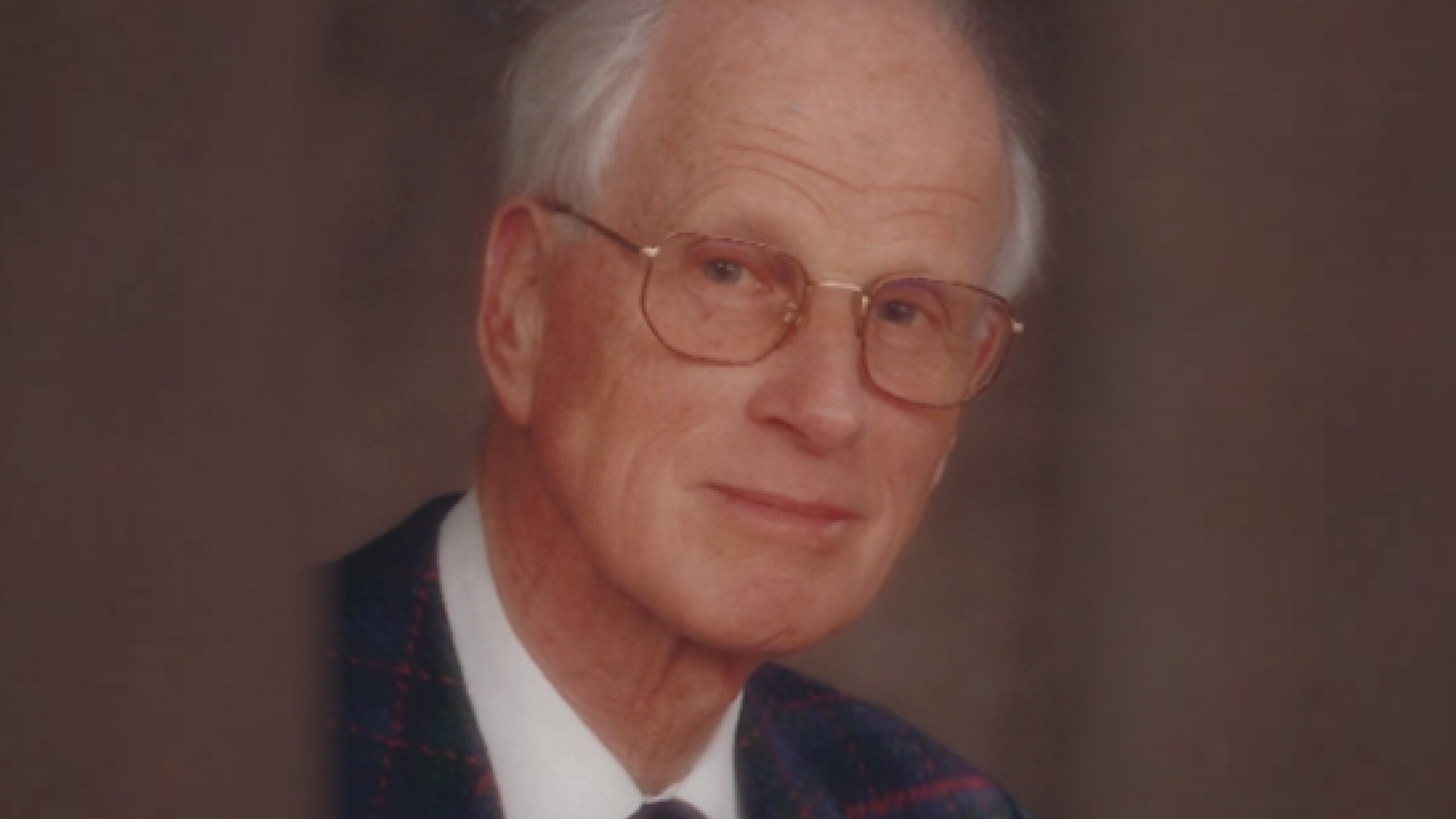Authored by Claes-Göran Löfdahl, Professor emeritus, Department of Respiratory Medicine, Lund, Sweden | Bengt-Erik Skoogh, Professor emeritus, Department of Respiratory Medicine, Gothenburg, Sweden |Björn Bake, Professor emeritus, Department of Clinical physiology, Gothenburg, Sweden |Ingemar Kjellmer Professor emeritus, Department of Pediatrics, Gothenburg, Sweden.
Erik Berglund passed away on 17 January 2023 at 98 years old. He is mourned by his family: his wife of more than 60 years, Kerstin, and his two children. Many friends and colleagues in Sweden and internationally also mourn his passing.
Erik was born in Boston, USA, where his father had a guest professorship in internal medicine. The family stayed abroad until Erik was eight years old. He started medical studies in Stockholm in the early 1940s. After a few years as practicing physician, he got an opportunity in the early 50s to continue with scientific work in Boston, where he spent six years in groups together with legendary researchers such as the cardiologist Stanley Sarnoff, and respiratory physiologists James Whittenberger, Maurice McGregor, and Jere Mead. He had a short break during this period to defend his PhD thesis at the Karolinska Institute, Stockholm.
During the 50s respiratory medicine in the western world shifted from tuberculosis care to a wider respiratory disease spectrum. To achieve that, newly developed and more advanced physiologic methods were needed. Professor Gösta Birath, responsible for this development in Gothenburg, recruited Erik to establish a respiratory physiology laboratory at the the Renströmska Hospital (Respiratory Medicine Clinic) in Gothenburg. Erik was instrumental in this work, adopting methods from his US work and combining forces with local scientists knowledgeable in measurements of blood gases. Thus, clinical physiological studies of gas exchange in the lungs were performed in a very early phase of the development of this research field. Erik was also responsible for a local merging of various normal materials of spirometric values. A publication from 1963 was for a long time a standard reference and one of the most cited in this field.
From his American experience he also brought a way of discussing and questioning scientific matters. At rehearsals before scientific presentations, he could be a very strict master, sometimes feared by his co-workers. He showed the same attitude towards scientific manuscripts, which gave him entry to editorial journal work, where he for decades contributed eminently. He started as Chief Editor for the Scandinavian Journal of Respiratory Diseases, where he established a very good editorial staff, which considerably improved the journal. In 1980, a first European merger occurred with a Belgian respiratory journal, and the European Journal of Respiratory Diseases (EJRD) was founded. During the 80s Erik was also president of SEPCR (The European Society for Respiratory Clinical Physiology). This Society also had a journal (Bulletin de Physiopathologie Respiratoire). In this period there was an effort to consolidate and merge various activities in the respiratory field, and after some difficult negotiations a successful merger of the SEPCR journal and EJRD, to become the European Respiratory Journal (ERJ) was accomplished. Erik was an important part of this negotiating team. In 1988, Erik was the first Chief Editor of the ERJ together with Jean-Claude Yernault from Brussels. The foundation of this journal was also very important for the establishment of the European Respiratory Society, and in this respect, Erik could be regarded as one of the founding fathers of the united respiratory activities in Europe. Erik continued to work for the ERJ even after the end of his chief-editorship.
Erik had an important impact on respiratory medicine in Sweden. For many years he was a member of the board of the Swedish Heart-Lung Foundation, which became a major sponsor of scientific work in the respiratory field. He became head of the clinical department at the Renströmska Hospital in Gothenburg in 1974, and is remembered as a very supportive person, especially for young physicians in the staff. Early in their careers he showed confidence in their abilities and used his international contacts to introduce them to scientific activities abroad. He was very engaged with his patients. He used his influence to support staffing of respiratory units throughout Sweden, which were partly understaffed at that time.
After his retirement, Erik remained active by following the developments in the respiratory field, and it was a great joy to sit down and discuss with him. Even during the later years when he himself physically deteriorated (fibrotic lung changes needing continuous oxygen, experiencing a tremor, decreased vision and hearing), he was still mentally alert and eager to discuss respiratory symptoms and respiratory physiology in relation to recent developments – still remembering many papers from his long career. As late as 2019, at the age of 95 he wrote a paper in a Swedish journal for respiratory physicians on mechanisms for dyspnea. He also throughout his life showed a personal interest in all his friends and colleagues. Even at the end, he exhibited the same curiosity towards people and science as he always had done.
We will greatly miss this mentor.





